Reportar esta entrada
Más sobre la misma comunidad-colección
La apertura de San Jacinto Plaza - 2016
Performers at the San Jacinto Opening Celebration having a good ...
Libreta de ahorros de 1950 del banco El Paso State National Bank
Books used for savings in 1950's at State National Bank El Paso.
La apertura de San Jacinto Plaza - 2016
The opening of the San Jacinto Plaza Opening-2016. The Band ...
Estatua del Soldado de caballería
Cavalryman statue dedication ceremony as reported by the El Paso ...
Erase una vez fuimos matachines.
My mom forced us to do this and I hated it. Now, I'm glad I did ...
Cielo en la tierra - El Paso, Tejas
These beautiful flowers located at the downtown mural pathways. ...
"Reflexiones del Desierto" mural de pasarela
This mural represents strength and captures El Paso/Juarez ...







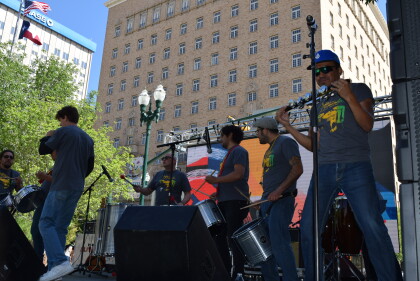
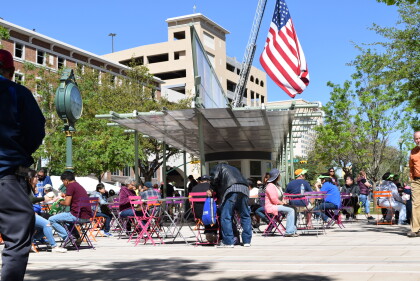
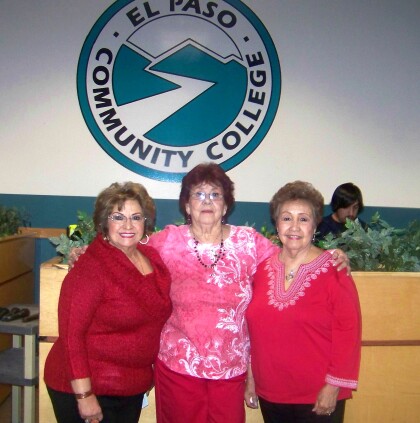

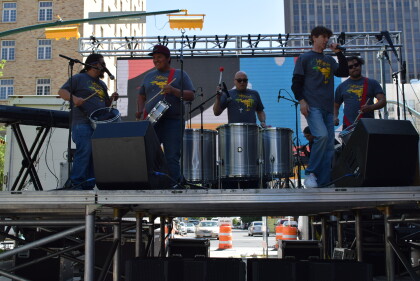
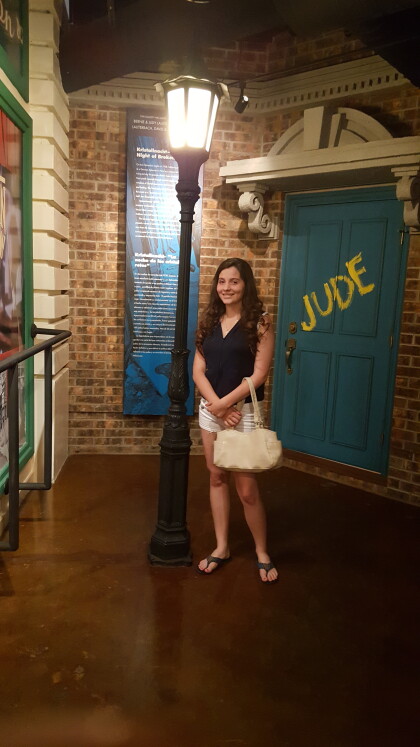
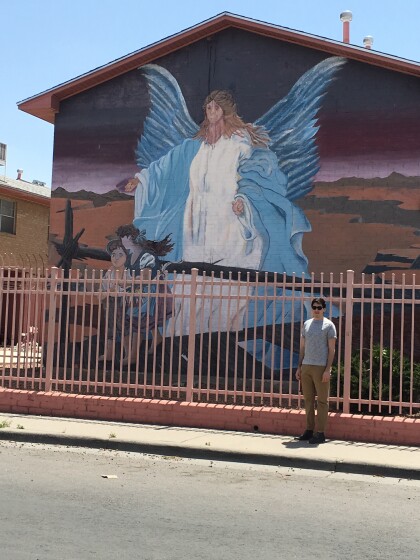
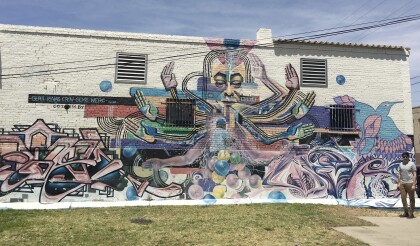
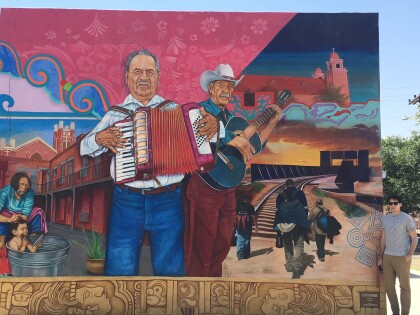
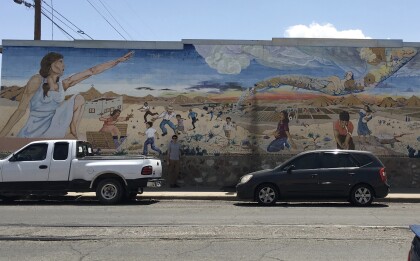
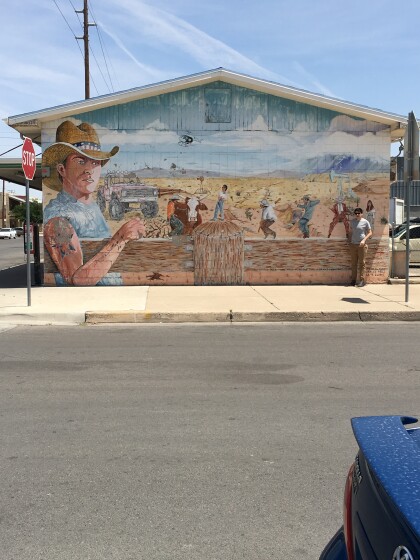
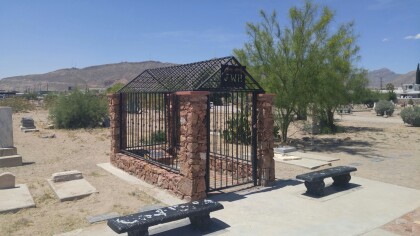
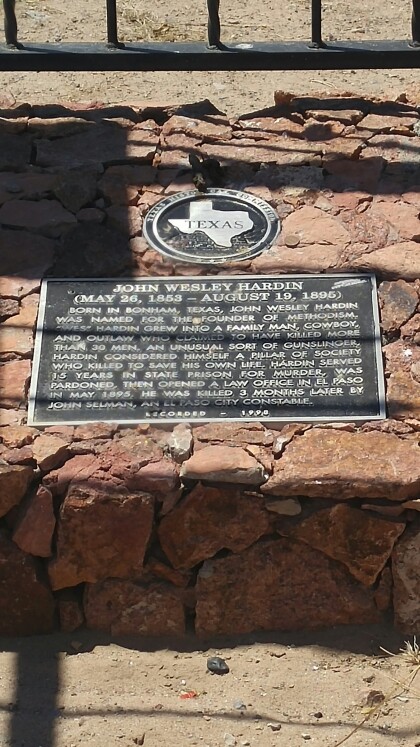
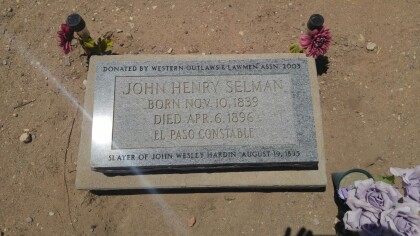
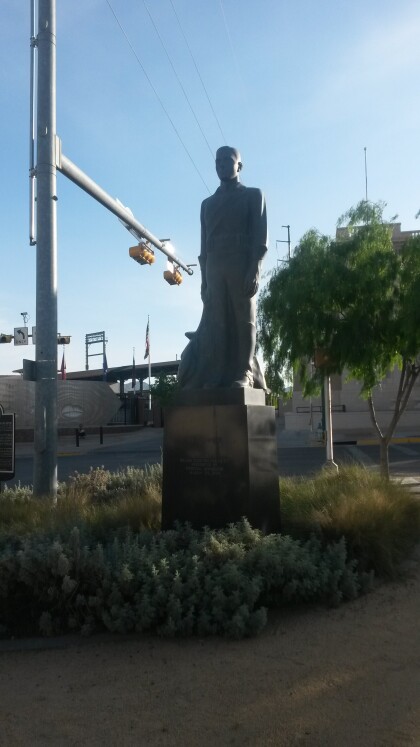
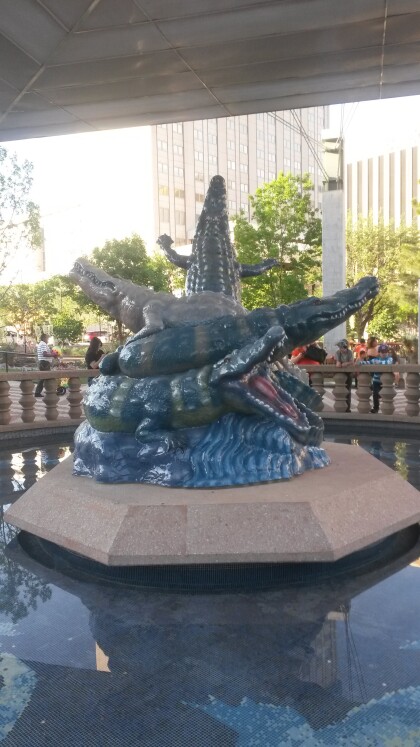
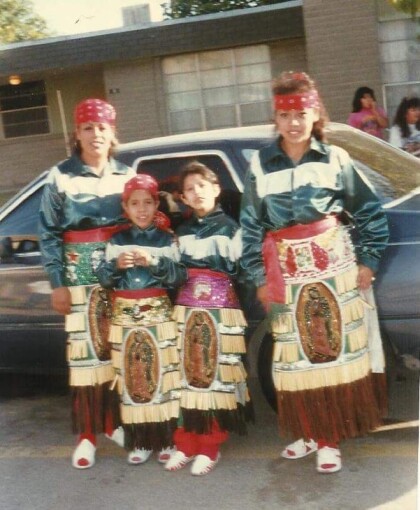
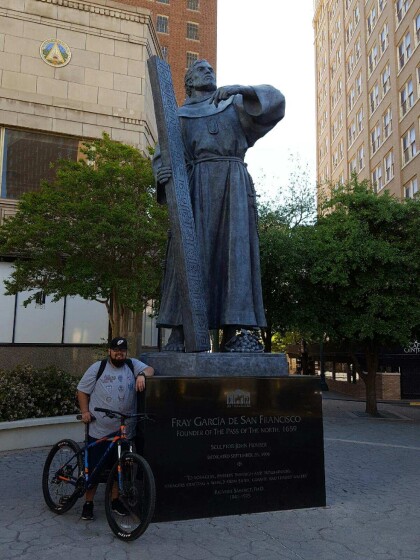
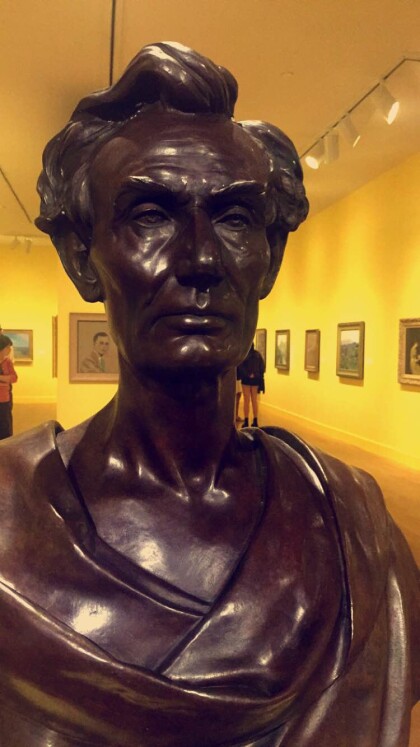




Comentarios
Hacer un comentario